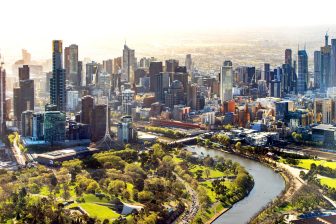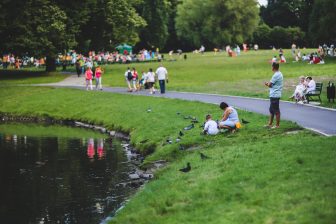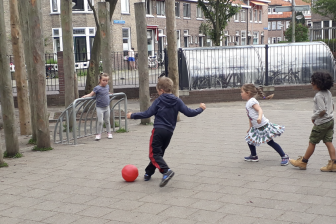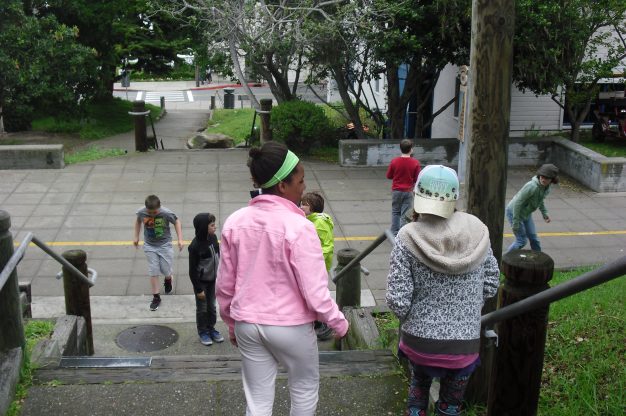
Empowering young people through action on community environment
Action is a key not only to directly effecting environmental change, but to personal empowerment in the face of the huge challenges we face. In this article, Victoria Derr and Jeffery Morton describe the ‘action competence’ approach to working with young people to make a difference in their own communities.
Recent research promotes the importance of teaching young people “action competence” in order to encourage empowerment and avoid cynicism (McLaren and Hammond, 2009; Ojala, 2012). In her research about how young people positively respond to climate change, Ojala (2012) identifies three domains of “constructive hope” – positive re-appraisal, in which young people reframe environmental problems so as to be able to activate hope; trust in sources outside oneself, which puts faith in experts or the environmental community to solve problems; and trust in one’s own ability to influence environmental problems.
Ojala’s findings lend support to the notion that young people should be actively involved in learning about and identifying actions that can positively shape their environment. At Big Sur Charter School in Monterey, California, 5th and 6th grade students (ages 10-12) achieved these objectives through a unit where students collectively explored community values and then each student identified a personally meaningful service project.
The school, located just one block from the city’s Cannery Row, is set in an historic urban landscape at the edge of the Monterey Bay. Students often take learning outside, measuring the circumference of trees, or reading at the ocean-side park. This context helped students to explore and observe their surroundings as a pre-cursor to the service unit.
Community values
The specific service unit began with students making observations about the values within their community. One student had observed “flows to the bay” markers near storm drains and said that the city cares about ocean health. Another observed the bike path adjacent to their school and said that the city values physical activity. Collectively, the class identified nine values – from ocean health and views of nature to caring for wildlife, tourism, and physical activity.
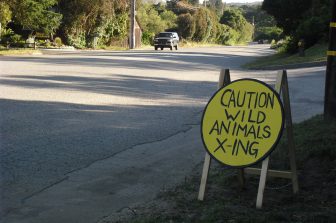 Each student then selected a personally meaningful value to explore more deeply and had four weeks to develop a service project that would benefit the community. Their project included background research which in some cases involved interviewing local experts or representatives of community organizations. The project also required them to answer the question, “How does your project make your community better?”
Each student then selected a personally meaningful value to explore more deeply and had four weeks to develop a service project that would benefit the community. Their project included background research which in some cases involved interviewing local experts or representatives of community organizations. The project also required them to answer the question, “How does your project make your community better?”
Service projects included those that helped animals, such as collecting materials for the local animal shelter, and constructing a wildlife crossing sign at a place of frequent road-kills. They also included projects that promoted ocean health by addressing pollution and raising awareness about sustainable fishing practices. One student, who focused on reducing plastic pollution in the ocean, shared that she “learned that a fish could starve when it eats plastic because it feels full when it’s not.”
Integrating standards and action
In the United States, the Next Generation Science Standards include understanding links between the physical environment and human activity. While barriers to teaching action competence in schools include adherence to standards-based curricula or lack of time, this project demonstrates a relatively simple means of integrating standards and action. “During the course of their research, the students had an opportunity to connect with people and organizations in their community devoted to causes about which they cared,” Jeffery said. “I think students came away with a better understanding of community challenges and a greater sense of being able to make a difference.”
Victoria Derr & Jeffery Morton
Victoria Derr is an Assistant Professor in Sustainability Education at California State University Monterey Bay. Jeffery Morton teaches 5/6 grade at Big Sur Charter School in Monterey.
References
McLaren, M., and Hammond, W., 2005. Integrating education and action in environmental education. In E. A. Johnson and M. J. Mappin (eds.), Environmental education and advocacy, pp. 267-291. Cambridge: Cambridge University Press.
Ojala, M., 2012. Hope and climate change: The importance of hope for environmental engagement among young people. Environmental Education Research, 18(5), pp.625-642.


